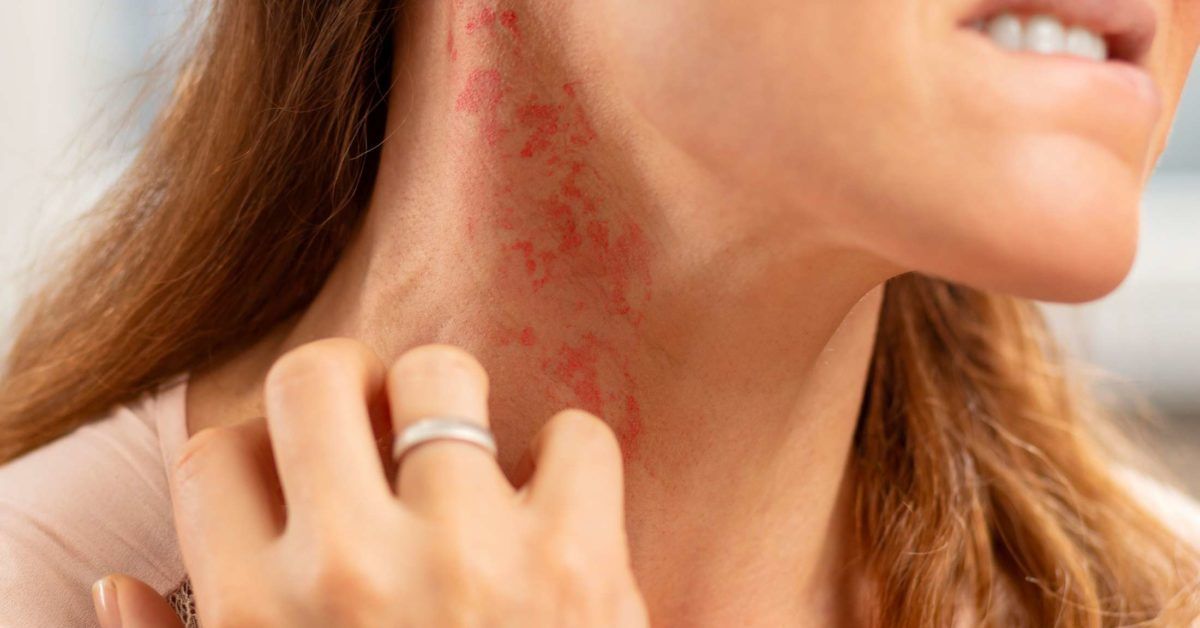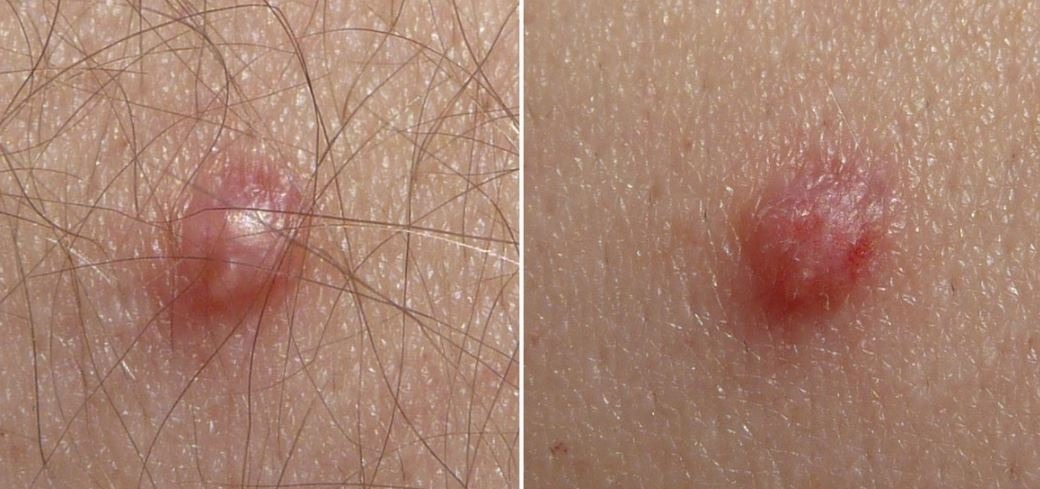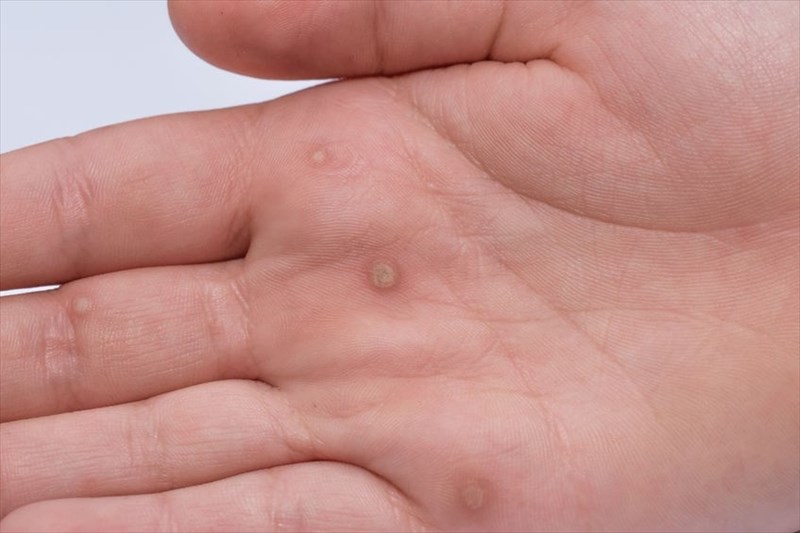Human papillomavirus (HPV) is one of the most common sexually transmitted infections (STIs) globally. According to the Centers for Disease Control and Prevention (CDC), nearly all sexually active individuals will contract HPV at some point in their lives, although many infections resolve without treatment. While most cases are asymptomatic, certain types of HPV can lead to serious health concerns, including genital warts and cervical cancer.
Understanding the potential signs and symptoms of HPV is essential for early detection, appropriate care, and the prevention of long-term complications. This guide outlines the common signs of HPV, how it is diagnosed, and how it can be prevented.
What Is HPV?
Human papillomavirus refers to a group of more than 150 related viruses, each identified by a number (e.g., HPV-16, HPV-18). Some strains are classified as low-risk and are associated with benign conditions like genital warts, while others are considered high-risk due to their link to several types of cancer, including cervical, anal, penile, throat, and vaginal cancers.
HPV is primarily spread through skin-to-skin contact, including vaginal, anal, or oral sex. It can affect both men and women, and in many cases, people who carry the virus show no outward symptoms.
Source: Centers for Disease Control and Prevention

1. Genital Warts
One of the most visible signs of HPV is the development of genital warts. These are soft growths that may appear on or around the genital area, including the vulva, vagina, cervix, penis, scrotum, or anus. They can also develop in the mouth or throat after oral contact with an infected partner.
Genital warts may appear as:
- Small, flesh-colored or slightly darker bumps
- Flat or raised lesions
- Single or multiple clusters resembling cauliflower
Although genital warts are non-cancerous, they can be uncomfortable, itchy, or cause irritation. They are caused by low-risk HPV strains, typically HPV-6 and HPV-11.
Source: American Academy of Dermatology Association

2. Changes in the Cervix (Cervical Dysplasia)
Some high-risk HPV types, such as HPV-16 and HPV-18, can lead to abnormal changes in cervical cells, a condition known as cervical dysplasia. These changes are often asymptomatic, meaning they produce no symptoms, but they can be identified through routine Pap smears and HPV testing.
If left untreated, cervical dysplasia can progress to cervical cancer, which is why regular screening is essential, especially for women aged 21 and older.
Signs of advanced cervical changes may include:
- Irregular vaginal bleeding
- Pelvic pain
- Pain during intercourse
These symptoms can also be related to other gynecological conditions, so professional evaluation is necessary.
Source: National Cancer Institute
3. Abnormal Pain or Bleeding
In some cases, individuals with HPV may experience symptoms such as:
- Vaginal bleeding after intercourse
- Spotting between periods
- Pain during sexual activity
These symptoms are not exclusive to HPV and can result from various reproductive health issues. However, they may indicate changes in cervical or vaginal tissue that require further examination.
If you experience any of these symptoms, it is recommended to consult a gynecologist or healthcare provider for appropriate testing and evaluation.
Source: Mayo Clinic

4. Oral or Throat Lesions
HPV can also infect the oral cavity and throat, especially through oral sexual contact. Certain high-risk strains have been associated with oropharyngeal cancers (cancers of the back of the throat, base of the tongue, and tonsils).
Signs of oral HPV infection or HPV-related throat cancer may include:
- Persistent sore throat
- Hoarseness or voice changes
- Difficulty swallowing
- Swelling or lumps in the neck
- White or red patches in the mouth
It is important to note that these symptoms may result from other health issues. A dental or medical professional should assess any unusual lesions or persistent discomfort.
Source: American Cancer Society
5. Itching, Irritation, or Skin Lesions
Although many HPV infections do not cause noticeable symptoms, some people may report:
- Itching in the genital area
- Irritation or burning sensations
- Flat or raised lesions on the skin
These symptoms are more likely linked to low-risk HPV types that cause benign skin changes, such as warts. However, persistent irritation or changes in skin appearance should always be evaluated by a healthcare provider to rule out other infections or dermatological conditions.

How Is HPV Diagnosed?
HPV is diagnosed through a combination of physical examinations and laboratory tests. The type of test depends on the symptoms and the part of the body affected.
Common diagnostic tools include:
- Pap smear (Papanicolaou test): Detects abnormal cervical cells
- HPV DNA test: Identifies high-risk HPV strains in cervical cells
- Visual inspection: Used for diagnosing genital warts
- Biopsy: May be performed on suspicious lesions or warts for further evaluation
Currently, there are no routine HPV screening tests available for men, but healthcare providers can evaluate visible symptoms, particularly warts or lesions.
Source: U.S. Preventive Services Task Force

The Importance of Prevention
HPV Vaccine
Vaccination is one of the most effective ways to prevent HPV-related conditions. The HPV vaccine, such as Gardasil 9, protects against multiple high-risk and low-risk strains, including those most commonly linked to cancer and genital warts.
The CDC recommends:
- Routine vaccination for boys and girls aged 11–12 years
- Catch-up vaccination through age 26 for those not previously vaccinated
- Shared decision-making for adults aged 27–45 based on risk factors
Source: Centers for Disease Control and Prevention
Safe Practices
While the use of condoms and dental dams can reduce the risk of HPV transmission, they do not offer complete protection, as HPV can infect areas not covered by these barriers.
Regular screening and preventive care are essential to early detection and long-term health.
Conclusion: Stay Informed, Stay Protected
Understanding the signs of HPV is an important part of protecting your health and preventing future complications. Although many people with HPV do not show symptoms, regular screenings, vaccination, and open communication with healthcare providers are key to managing the risk.
If you notice any unusual skin changes, discomfort, or symptoms described in this article, consult a healthcare professional for evaluation. Early detection can make a significant difference in treatment outcomes and overall well-being.

